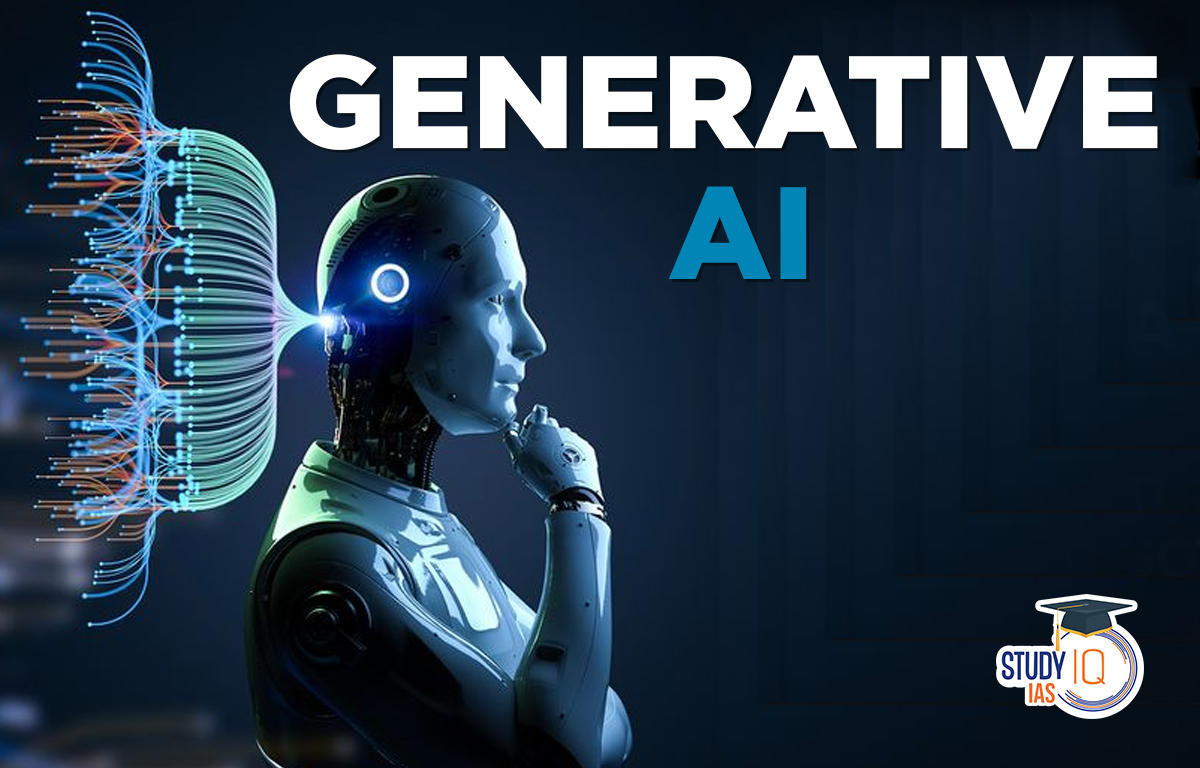
Understanding Generative AI
At its core, generative AI refers to a class of algorithms that are capable of generating new content, such as images, videos, text, and music, that is indistinguishable from human-created content. Unlike traditional AI models that rely on predefined rules and datasets, generative AI models are trained on vast amounts of data and learn to generate new content autonomously. By leveraging techniques such as deep learning and neural networks, generative AI can mimic the creative process and produce remarkably realistic output.
Applications of Generative AI
Generative AI has a wide range of applications across various industries, from entertainment and gaming to healthcare and finance. One of the most notable applications is in the field of content creation, where generative AI is revolutionizing the way media is produced. For example, companies can use generative AI to automatically generate personalized marketing content, design product prototypes, and even create entire virtual worlds for immersive experiences.
In the world of art and design, generative AI is enabling artists and designers to explore new creative possibilities. By leveraging generative algorithms, artists can generate endless variations of their work, explore different styles and techniques, and push the boundaries of their creativity. Additionally, generative AI is being used to create interactive installations, digital sculptures, and dynamic visualizations that blur the line between art and technology.
The Future of Creative Technology
As generative AI continues to advance, its impact on creative technology will only become more profound. In the coming years, we can expect to see even more sophisticated generative models capable of producing highly realistic and compelling content across a wide range of domains. From generating lifelike virtual characters to composing symphonies that rival the classics, the possibilities are truly endless.
One area where generative AI is poised to make a significant impact is in the field of virtual reality (VR) and augmented reality (AR). By combining generative AI with immersive technologies, developers can create hyper-realistic virtual environments that are indistinguishable from the real world. This opens up new opportunities for interactive storytelling, virtual tourism, and immersive gaming experiences that were once thought to be the stuff of science fiction.
Challenges and Considerations
While the potential of generative AI is undeniable, it also raises important ethical and societal considerations. As generative AI becomes more sophisticated, there is a risk that it could be used to create misleading or malicious content, such as deepfake videos or fake news articles. Additionally, there are concerns about the impact of generative AI on traditional creative industries, as automation threatens to disrupt traditional modes of production and distribution.
To address these challenges, it is essential to develop robust ethical frameworks and guidelines for the responsible use of generative AI. This includes measures to detect and mitigate the spread of fake content, as well as initiatives to support and empower artists and creators in the digital age. By striking the right balance between innovation and responsibility, we can ensure that generative AI fulfills its potential as a force for good in the world of creative technology.